A clogged Grease Trap Perth is not just an eyesore, it can lead to operational delays and plumbing damage. Avoid unhealthy drainage by avoiding putting food scraps, harsh chemicals, or other harmful materials down your drains.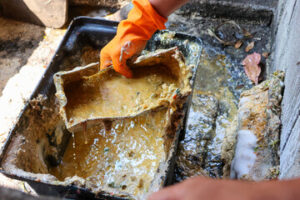
Maintaining a clean grease trap is key to maintaining a healthy business and satisfying customers. It also helps prevent costly fines and legal action.
Grease traps are essential for restaurants and other businesses that produce a lot of food waste. Without them, fatty acids, fats, oils, and grease (FOGs) can build up in drain lines and cause expensive and messy sewer backups. Fortunately, preventative maintenance and proper cleaning can help minimize problems.
If left unattended, accumulated FOGs will harden and create massive blockages that clog the entire sewage system. This can lead to costly emergency repairs and downtime for kitchen operations. Preventative maintenance includes regular grease trap inspections, cleanings, and pump-outs. A professional plumber can ensure the trap is working properly and catching as much FOG as possible, reducing the risk of a disastrous sewage backup.
In addition to scheduling regular professional grease trap cleanings and inspections, businesses can also reduce their FOG output by following best practices in the kitchen. Scraping extra food off plates before washing them and using a dedicated trash receptacle for used cooking oil can significantly cut down on the amount of FOG that makes its way into the trap. The less FOG that is allowed to go down the drain, the less frequently the trap will need to be pumped.
Regular cleanings can also extend the life of the trap and improve performance. It’s important to keep a log of service appointments, including the date and time of each one. This helps to avoid overfilling and maintains compliance with regulations.
The benefits of a well-maintained grease trap are numerous. They protect the integrity of sewer systems, prevent costly repairs and downtime, reduce foul odors, and improve kitchen safety and sanitation. They also show that a business is committed to operational efficiency and environmental stewardship.
Reduces Odors
A dirty grease trap can lead to kitchen clogs, which in turn can cause sewage backups that will require costly repairs and even the need to replace sinks and other plumbing fixtures. In addition, a dirty trap is a breeding ground for harmful bacteria that can spread to food and cooking utensils, and ultimately cause illnesses in customers and employees. The best way to prevent these problems is to keep the grease trap clean through regular pumping and chemical maintenance.
A properly-maintained grease trap can also reduce odors in the kitchen. Odor-causing fumes are released by the fats, oils, and grease in a commercial kitchen’s drains. These fumes are not considered to be toxic, but they can create unpleasant odors that are off-putting for staff and customers. Several different strategies can help reduce these unpleasant odors, including proper ventilation, enclosing the grease trap, and using odor control products.
Regularly cleaning the trap and using chemicals can extend the time between pump-outs, which can save a facility money. Many municipalities require restaurants to have their traps pumped out at least once per quarter, or on a schedule determined by an inspector. Chemical maintenance can cut down on these expensive and inconvenient pump-outs by reducing the amount of FOG that accumulates in the trap.
FOGs are the leading cause of sewage overflows in municipal sewer lines. A dirty grease trap can cause these overflows by blocking up the lines or causing them to back up and overflow into your restaurant’s floor drains. When a grease trap overflows, it can produce an odorous and greasy mess that will attract flies and other pests. This can leave a bad impression on your customers and may even lead to a health code violation.
A FOG report is a document that records the results of your trap’s maintenance process. It is important to submit this report to your municipality in order to avoid fines. Some cities require that you have a licensed pumper complete the report for you, while others have their own forms that can be filled out by your vendor.
Reduces Water Bills
A properly maintained grease trap will ensure that the fats, oils and grease (FOG) in your kitchen’s wastewater are intercepted before they flow into the foul sewer system. FOG in the sewer system can cause costly clogs, foul odors, and even sewage backups. By ensuring that the FOG in your kitchen’s wastewater is intercepted, you can protect your pipes and sewer lines from damage, as well as reduce your water bills by preventing the fats, oils, and grease from entering the waste stream.
In addition, you can save money by avoiding the costly repairs and messes that result from a clogged pipe or backed-up sewage system. Those messes can cause sales loss and shut down your business for an extended period of time, costing you more money in lost revenue. Having a grease trap prevents these expensive and disruptive problems, keeping your kitchen and your business running smoothly.
Grease Trap will help you avoid paying high water and sewer fees, as well as avoid fines from local regulatory authorities for illegal dumping. When you keep up with the cleaning and maintenance of your grease trap, you’ll also be able to recycle gray water and use it to water your landscaping or outdoor food prep areas.
Regular grease trap pump-outs will keep your grease trap clean and prevent overflow. When your grease trap overflows, much of the accumulated fats, oils, and greasy gunk ends up escaping outside into major waterways or infiltration fields, where it can endanger the environment and score you a hefty fine. By maintaining your grease trap, you’ll be able to protect the environment and avoid these expensive fines.
Grease traps should be pumped out regularly, and you’ll need to schedule these services with your plumber. Some food establishments choose to use chemicals to maintain their grease traps, which can reduce the number of times per year that they need to pump out their grease traps. However, it’s important to note that a properly-maintained grease trap will still require routine pump-outs, so you should consider your options carefully before making a decision.
Reduces Risk of Health Issues
When a grease trap gets full, the accumulated waste starts to break down and emit foul odors. These smells can make guests uncomfortable and may even cause them to leave your restaurant. To avoid these odors, you should regularly have your grease trap cleaned.
Regular cleaning also helps protect the plumbing systems of your kitchen and your building. This prevents corrosive grease build-up that can damage pipes and put additional strain on plumbing equipment. In addition, the efficient drainage offered by a properly functioning grease trap can reduce wastewater backups and related costs.
Food establishments are required to keep their grease traps at a specific standard, and failure to do so can result in health code violations. This can lead to expensive fines or a shut down of the business until the problem is resolved. Regular grease trap maintenance can help you stay in compliance with local and federal regulations and ensure your kitchen is safe for your staff and guests.
Grease traps are a vital part of any commercial kitchen. They prevent fats, oils, and grease (FOG) from entering the sewer system, which can cause blockages and backups. A properly maintained grease trap can significantly reduce the risk of these problems and save you a lot of money in the long run. To get the most out of your grease trap, you should have it professionally cleaned and serviced at least once every six months. During the servicing process, the professional can perform important tests to check the function of your trap and identify any potential problems before they become serious. Professional services are more cost-effective than DIY options, and they can minimize the need for costly repairs and potential compliance fines. Contact a company for more information about grease trap cleaning and servicing. They have the expertise and specialised equipment to ensure your grease trap is fully cleaned and properly maintained. They can also help you set up a scheduled maintenance plan to keep your kitchen running efficiently. They will work with you to create a schedule that fits your business needs and budget.

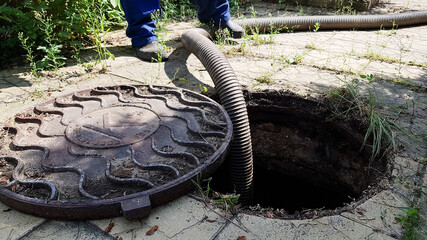
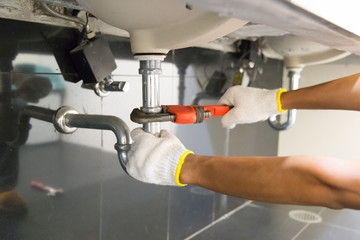
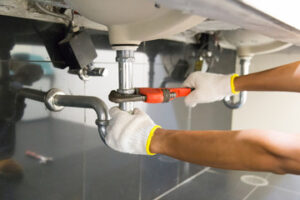
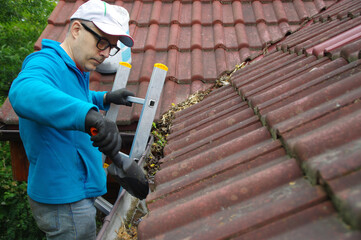
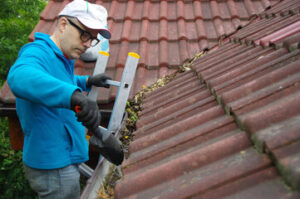 The first step in gutter cleaning is to make sure the gutters are clear of leaves and other debris. If there is standing water, pests will be attracted to it and may even make their way into your home. Keeping your gutters clean will also prevent rodents from getting into your house. In addition, you’ll be preventing mold and mildew from forming.
The first step in gutter cleaning is to make sure the gutters are clear of leaves and other debris. If there is standing water, pests will be attracted to it and may even make their way into your home. Keeping your gutters clean will also prevent rodents from getting into your house. In addition, you’ll be preventing mold and mildew from forming.